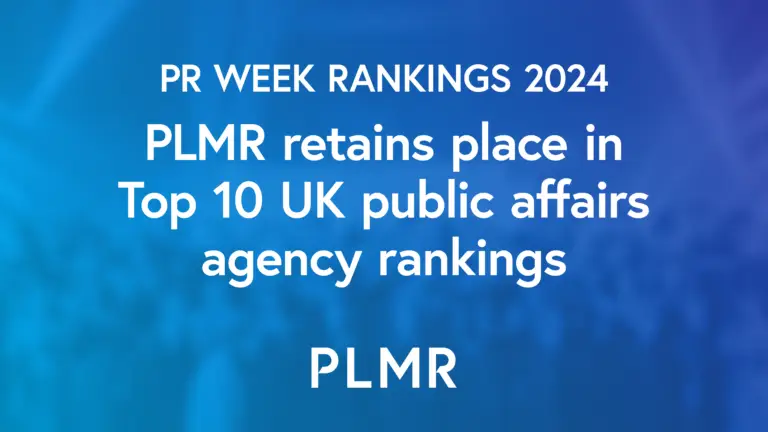The topic of immigration has been a mainstay of UK media coverage for a significant time now. International students are not immune to this discourse, and while student visa rejection rates remain low, other barriers such as immigration fees continue to climb. Regardless of this, international students make up about 22 per cent of the UK student population, proving that no matter the hurdles, attraction to the UK higher education system remains strong.
The question that persists is whether the UK university system is too reliant on international students’ financial contributions and how sustainable the current income model is.
While home tuition fees were capped at £9,250 per year in 2018, over the five years since then, the UK has seen a pervasive rise in inflation. In effect, this means the capped fees no longer go as far for university finances and many are left to face a squeeze on research and teaching resources. International students alleviate some of that pressure and supplement funding with higher fee bands. In fact, the British Council estimates that an international undergraduate student pays on average £22,000 per year, dependent on subject and university, with postgraduate students paying even more. As there is no cap on international student fees, universities can charge even higher tuition for technical courses that are medical or lab-based.
Given the opportunity to charge higher fees, and no shortage of foreign applicants in sight so far, many argue universities have become too reliant on international students to round out their financial structures and could potentially face problems if application volumes do begin to dwindle.
Indeed, an analysis by the Guardian found that international students’ fees made up a fifth of UK universities’ income last year, with some institutions reporting more than a third of their total income. Further, a report published by The Higher Education Policy Institute (HEPI) showed that in 2021/2022, international students contributed a net income of £37.4 billion to the UK economy, not inclusive of tax contributions of students who hold jobs whilst studying. In addition to tuition fees, international students are subject to visa application fees and a yearly Immigration Health Surcharge, which the government has recently announced will be raised from £470 per year to £776 per year, a significant 65 per cent increase. The government also stated it will be raising all visa application fees around 15 per cent for most migrants, but 20 per cent for students, although no official figures have been released yet, nor a date set for the increase.
Critics of the current system warn government officials of the growing risks of this financial structure. A recent report from the House of Lords found the current financial framework of the higher education system unsustainable and vulnerable to geopolitical shifts due to overreliance on international students. For example, were foreign applicant volumes to drop due to a (hypothetical) issue between the UK and China, the student population would be cut by upwards of 20 per cent, resulting in a significant income loss for the sector.
The current financial system also proves worrisome when considering the attractiveness of UK universities for foreign applicants. While still sitting in second place after the US, the Times Higher Education World University Rankings for 2024 show the UK’s total rank is declining relative to other higher education systems. The data shows the average UK rating has dropped from 451 to 477 while the average rank of universities in China, Australia and Canada has improved. The analysis points to falling levels of research funding in UK universities as the primary reason for this drop, posing the risk of a self-perpetuating cycle of declining rank leading to fewer applications leading to decreased funding and so on.
While the UK higher education (HE) system is still highly attractive and foreign applications don’t seem to be stopping, it is not to say that the risk of a decline in international students is not on the horizon, especially given the drop in rank and increase in visa and tuition fees. Unsurprisingly, therefore, many in the HE sector are calling for government officials to safeguard the future of the system by transitioning to a more stable and sustainable financial model which necessitates less of a reliance on international students. The reasoning goes that by re-positioning the financial role of international students and relying less on them as a stream of income, universities will better prepare themselves to weather any shifts in applicant demographics or geopolitical activity.





